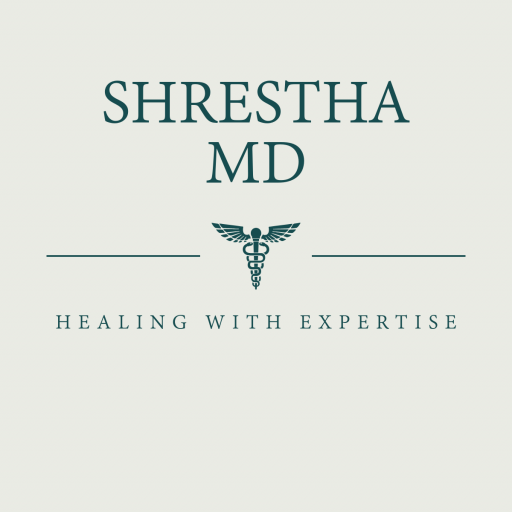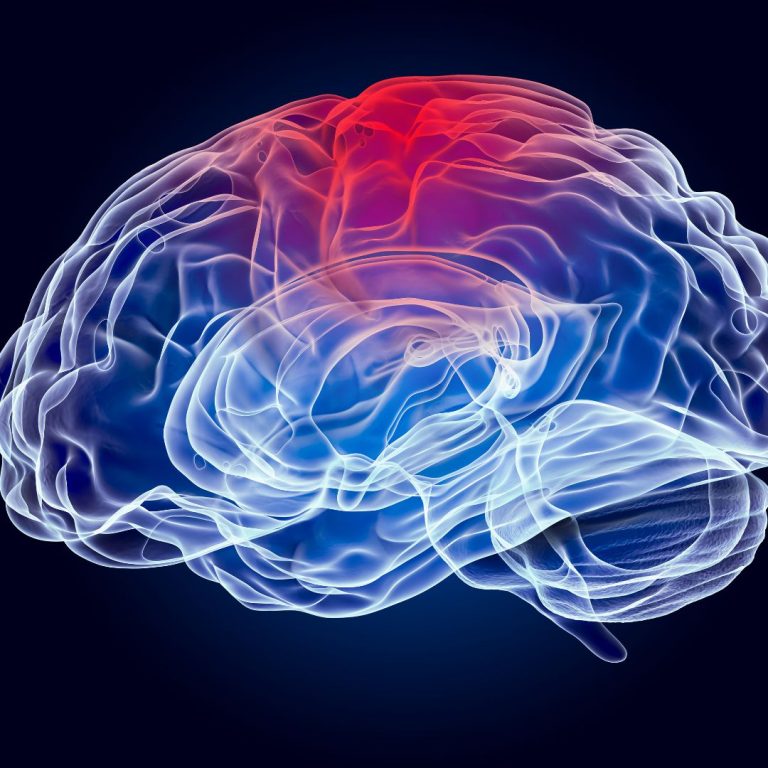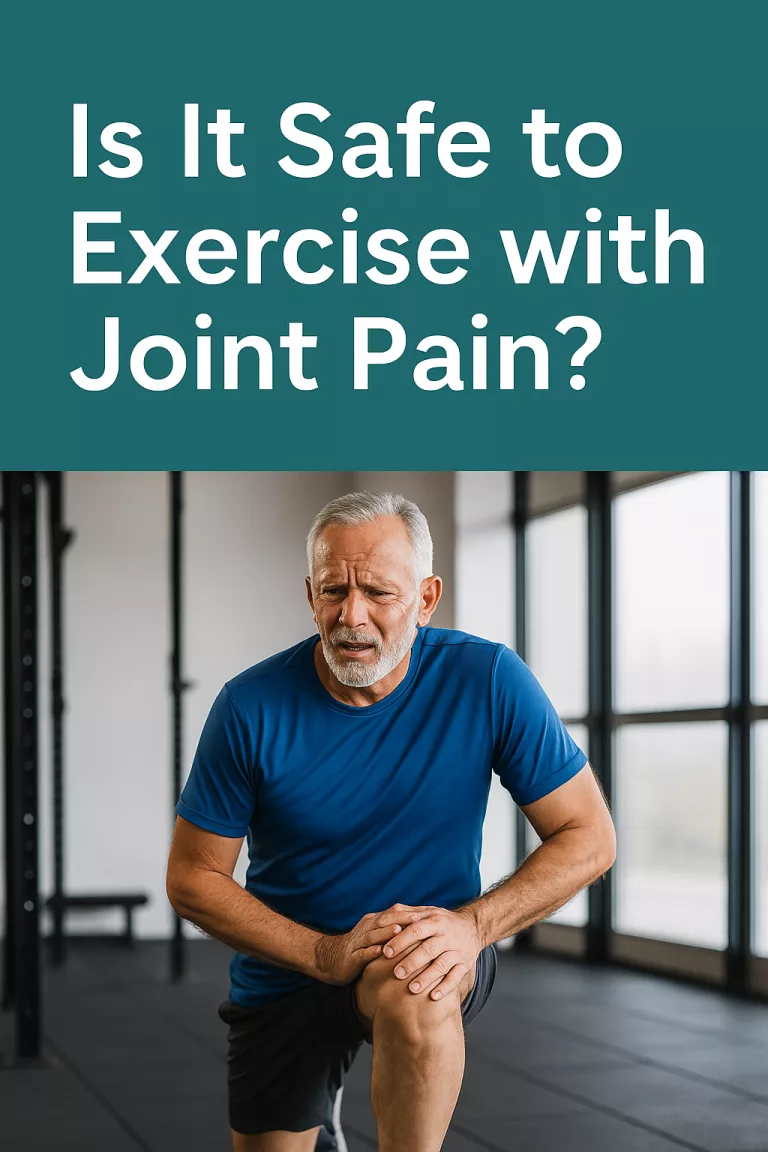The Anti-Inflammatory Lifestyle and Diet: A Guide to Better Health
Chronic inflammation plays a central role in many common diseases, including heart disease, diabetes, arthritis, certain cancers, and even depression. Fortunately, lifestyle changes—especially what you eat—can significantly reduce inflammation and improve your overall well-being. This article provides a simple, evidence-based overview of how to follow an anti-inflammatory lifestyle and diet.
What is Inflammation?
Inflammation is your body’s natural defense against injury and infection. However, when it becomes chronic, it can start damaging tissues and organs instead of healing them. Chronic inflammation can be triggered by poor diet, stress, lack of sleep, environmental toxins, and a sedentary lifestyle.
Key Principles of the Anti-Inflammatory Lifestyle
- Eat an Anti-Inflammatory Diet What you eat has a profound effect on inflammation. The anti-inflammatory diet is rich in natural, unprocessed foods and low in sugar, refined carbohydrates, and saturated fats. Foods to Include:
- Fruits and Vegetables: Especially berries, leafy greens, tomatoes, and cruciferous vegetables (like broccoli and cauliflower)
- Whole Grains: Brown rice, quinoa, oatmeal
- Healthy Fats: Olive oil, avocados, nuts (especially walnuts and almonds), seeds
- Fatty Fish: Salmon, mackerel, sardines (rich in omega-3s)
- Legumes: Lentils, chickpeas, black beans
- Herbs and Spices: Turmeric (curcumin), ginger, garlic
- Green Tea: Rich in antioxidants like EGCG
- Processed foods and snacks
- Sugary drinks and refined carbohydrates (white bread, pastries)
- Red and processed meats
- Trans fats and excess saturated fats
- Excess alcohol
- Artificial additives and preservatives
- Stay Physically Active Moderate physical activity (like walking 30 minutes per day) helps reduce inflammatory markers such as CRP (C-reactive protein). Exercise also improves insulin sensitivity and promotes cardiovascular health.
- Get Quality Sleep Aim for 7–9 hours of restful sleep. Poor sleep is associated with elevated levels of inflammation and higher risks of chronic illness.
- Manage Stress Chronic psychological stress can increase inflammatory cytokines. Mindfulness, deep breathing, yoga, and meditation are effective tools to lower stress and inflammation.
- Avoid Smoking and Limit Alcohol Smoking is a major trigger of systemic inflammation. Limit alcohol to one drink a day for women and two for men (if you choose to drink at all).
Sample One-Day Anti-Inflammatory Meal Plan
Breakfast:
Steel-cut oatmeal with blueberries, walnuts, and cinnamon. Green tea.
Lunch:
Quinoa salad with chickpeas, spinach, cherry tomatoes, avocado, olive oil, and lemon dressing.
Snack:
Apple slices with almond butter.
Dinner:
Grilled salmon with roasted Brussels sprouts and sweet potatoes.
Dessert:
Dark chocolate (70% or higher) and a handful of fresh raspberries.
When to See a Doctor
If you’re struggling with symptoms of chronic inflammation—such as fatigue, joint pain, digestive issues, or recurring infections—it’s important to speak with your physician. Lab tests (such as CRP, ESR, or specific nutrient levels) may help identify hidden sources of inflammation and guide your treatment plan.
Conclusion
An anti-inflammatory lifestyle isn’t a short-term fix—it’s a long-term commitment to better health. By making thoughtful choices about your diet, sleep, stress, and activity, you can lower inflammation, prevent disease, and feel more energized every day.
References
- Harvard Health Publishing. Foods that fight inflammation. Harvard Medical School. https://www.health.harvard.edu/staying-healthy/foods-that-fight-inflammation
- Calder PC, et al. Dietary factors and low-grade inflammation in relation to overweight and obesity. Br J Nutr. 2011;106(S3):S5–S78. doi:10.1017/S0007114511005464
- Galland L. Diet and inflammation. Nutr Clin Pract. 2010;25(6):634-640. doi:10.1177/0884533610385703
- National Institutes of Health (NIH). The Anti-Inflammatory Diet: A Lifespan Approach. https://www.ncbi.nlm.nih.gov/pmc/articles/PMC9199785/
- World Health Organization. Physical activity and adults. https://www.who.int/news-room/fact-sheets/detail/physical-activity




